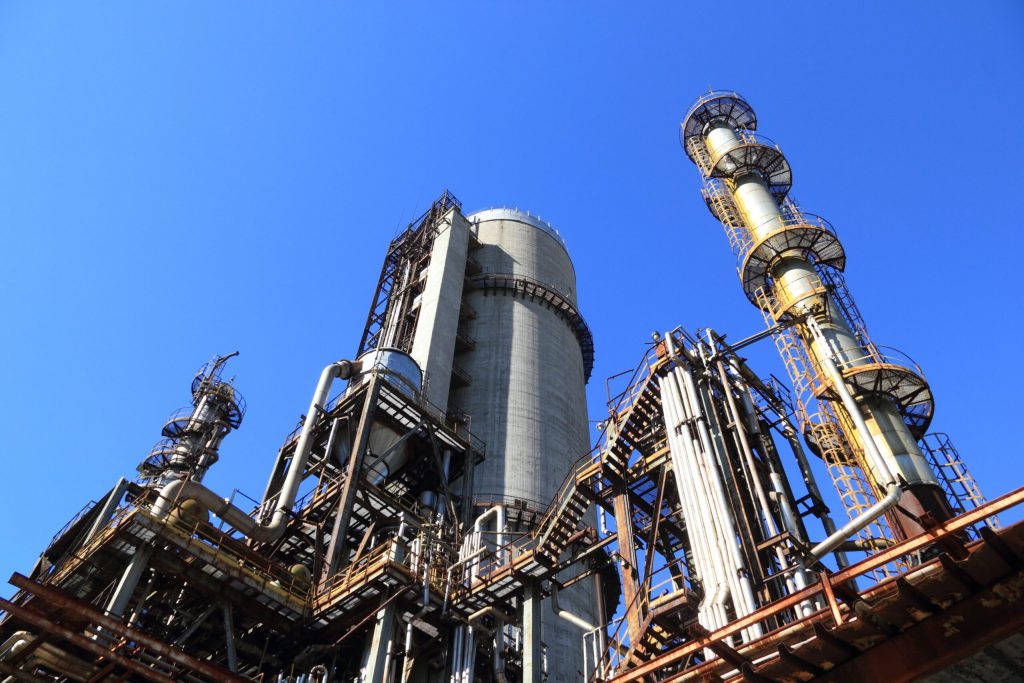Automation Aids Reshoring of American Manufacturing
Reshoring – the act of moving manufacturing and production away from offshore locations and back to the U.S. – is a recent business trend that a growing number of American manufacturers are considering as it can boost product quality, supply chain resiliency, speed to market and brand loyalty, while also improving local economies and sustainability efforts. And, as more companies consider moving their manufacturing operations back to the U.S., automation, robotics and other technologies are expected to play a vital role in reshoring efforts.
Why are Organizations Reshoring?

After years of moving manufacturing operations to countries where the cost of labor was lower and regulatory compliance was less stringent, many American manufacturers, including notable technology and manufacturing companies such as Apple, Ford, General Electric, Walmart, General Motors and Intel, are relocating production back to the United States.
Small and mid-sized tech and electronics firms that produce semiconductors and battery technologies needed to support electric vehicles and other sustainability projects are also moving operations to the U.S.
The reasons for the return to U.S. manufacturing include wage inflation in countries where wages were traditionally lower, geopolitical uncertainties, the increasing cost of transporting goods back to the United States after production, the carbon emissions associated with overseas transportation (which often exceed the carbon emissions of manufacturing processes) and major disruptions to supply chain operations in a post-Covid world. In addition, there are several governmental policies and incentives, such as the Infrastructure Investment and Jobs Act, Inflation Reduction Act and CHIPS and Science Act, as well as capital loan programs provided by the U.S. Small Business Administration, that offer funding and tax incentives to boost the U.S. manufacturing industry and help offset labor costs and assist with necessary automation or technology investments.
As an added bonus, many organizations find that returning manufacturing to the United States improves product quality, reduces costs, improves brand loyalty as consumers desire locally made products and allows them to become nimbler in production, which is a growing consideration as the manufacturing industry must respond faster to changing consumer demands, accommodate the need for customized products and increase speed to market to remain competitive.
The cost savings, supply chain stability and associated benefits such as improved product quality, flexibility, response time, speed to market, brand loyalty and sustainability are making reshoring more attractive. As a matter of fact, in a Deloitte study conducted in November 2022, 62% of the 305 transportation and manufacturing companies surveyed said that they had already started reshoring or “nearshoring” their production.
Industries such as general manufacturing, automotive manufacturing, consumer goods manufacturing, food and beverage processing, chemical processing, pharmaceutical and medical device manufacturing, textiles and apparel production and technology and electronics are all ripe for reshoring because it permits better control over quality, allows local sourcing, ensures better regulatory compliance, reduces time to market and aligns with consumer preferences simply by being located closer to a company’s corporate operations, the governing regulatory agencies and the U.S. market.
How Automation Technologies Enable Reshoring Efforts
While one of the biggest hurdles to reshoring efforts is the ongoing labor shortage in the American manufacturing industry, automation and the digital revolution are poised to help current and future reshoring manufacturers fill many of the labor gaps by providing efficiency, increased throughput and flexibility. Specifically, newer automation, robots and collaborative robots equipped with technologies for the digital revolution, such as smart sensors, advanced analytics, machine vision and artificial intelligence, will play a vital role in the future of U.S.-based manufacturing.
Advanced automation can help bring low-cost, reliable labor to plant functions such as pick and place, simple assembly tasks, palletizing, material handling and packaging operations while boosting efficiency and throughput. And, when advanced automation is handling the repetitive, but necessary tasks, existing operators can be relocated to more complex positions that require problem-solving skills or taught new skills that will add more value to the company.
Collaborative robots, or cobots, are likely to be the shining stars in reshoring efforts as they require a smaller upfront investment than traditional robotic systems and can safely work alongside manual laborers without the added cost of caging or safety barriers in many applications. They are also more easily relocated and reprogrammed, which provides the flexibility needed to keep pace with changing consumer demands, customized production and variable product lines, allowing manufacturers to scale production based on local demand or to quickly switch to a new product.
Automation and robotics will also be key to successful reshoring efforts that focus on quality improvements as the repeatability and precision of automated technologies ensures consistent, high-quality products. And, advanced technologies equipped with machine vision or smart sensors and advanced analytics allow more precise and accurate inspection of finished products to boost product quality, while others can provide real-time data regarding the state of the process so that any deviations can be quickly addressed before the process – and the product – goes off spec, resulting in improved product quality and reducing costs associated with scrap and waste.
Additionally, the implementation of advanced analytics can provide actionable information about the health of the equipment, alerting technicians not only to an equipment issue, but also providing troubleshooting and potential corrective actions, reducing costs associated with labor hours and expensive downtime, while also ensuring uptime and throughput.
Smart automation and robotics that are installed to fill in the gaps associated with labor shortages, while also boosting efficiency, flexibility and quality will allow manufacturers moving back to the U.S. to take advantage of all the benefits that can be achieved via reshoring efforts, including local delivery, more control over the supply chain, reduced carbon footprints, improved quality control, reduced transportation costs, shorter time to market, swifter responses to changing consumer demand and more favorable brand recognition. To learn more about how automation can assist with reshoring efforts, please contact JHFOSTER.
